This article was co-authored by Dee Dine and by wikiHow staff writer, Danielle Blinka, MA, MPA. Dee Dine is a Nutrition and Vegan Food Specialist and the founder of Green Smoothie Gourmet, a blog dedicated to healthy, plant-based vegan, limited ingredient recipes. Dee holds a BS in Biology/Biochemistry with an emphasis in Immunology. Dee has written two books full of healthy plant-based recipes, including chocolate desserts, snacks, juices and, wellness shots. They are: "Crazy Healthy with 4 Ingredients: Dessert, Breakfast & Snack Vegan Recipes" and "4-Ingredient Smoothies and Juices: 100 Easy Nutritious Recipes for Lifelong Health". Dee is an editor with TheFeedFeed, a crowdsourced digital cooking publication, and has been featured on BuzzFeed, Marie Claire, the Academy of Culinary Nutrition, Well + Good, and Hello Glow.
There are 9 references cited in this article, which can be found at the bottom of the page.
This article has been viewed 14,555 times.
Research suggests that when you're following a ketogenic diet, you may be at a greater risk of dehydration and electrolyte imbalance.[1] This happens because the keto diet is a low-carb diet, which causes you to have to urinate more often.[2] If you don’t replace your lost electrolytes, you’ll likely feel dehydrated, tired, and lightheaded. Fortunately, you can avoid these symptoms by choosing foods, drinks, or supplements that are high in nutrients like sodium, potassium, and magnesium.
Steps
Eating More Electrolytes
-
1Eat nuts or pumpkin seeds to boost magnesium, sodium, and chloride. You can eat nuts, sunflower seeds, or pumpkin seeds alone or as a topping. They’re high in potassium and magnesium, and they’re relatively low in net carbs, making them a good option for a keto diet.[3] If you get salted pumpkin seeds, they’ll also provide sodium and chloride.[4]
- As long as you measure your nuts or pumpkin seeds and count them toward your carbohydrate limit, they’re a healthy addition to your keto diet.
- You can opt for raw or roasted and salted pumpkin seeds. However, roasted and salted seeds are best if you want to get sodium and chloride, as well as magnesium.
-
2Consume canned tuna or salmon to replace sodium and chloride. Tuna and salmon are both low in carbs, so they’re great for a ketogenic diet. Additionally, they’re a good source of sodium and chloride, as they contain salt. Incorporate these protein sources into a meal to easily boost your electrolytes.[5]
- For example, you might opt for canned tuna or salmon for lunch, or you could eat it as a quick snack.
Advertisement -
3Opt for low-carb soup for a nutritious way to replenish lost electrolytes. Soup is a great source of both electrolytes and other nutrients, since it often contains veggies. Since you're wanting to replace lost electrolytes, look for a soup that has a lot of broth, which contains salt. Add a bowl of soup to one of your daily meals to boost your electrolytes and support your nutritional needs.[6]
- Salt provides both sodium and chloride, so choose a soup that contains added salt. The broth won't provide as many electrolytes if it's low in salt.
- If you’re buying a pre-made soup, read the label carefully to make sure it isn’t too high in carbs. It’s best to make the soup yourself.
- You can find recipes for homemade keto-friendly soups online.[7]
-
4Munch on a pickle to replace lost sodium, chloride, and potassium. Pickles offer 3 of your necessary electrolytes, so they’re a great snack. They’re also relatively low in carbs, making them a good choice on a keto diet.[8]
- As another option, you can also drink pickle juice to quickly increase your electrolytes.
-
5Consume plain Greek yogurt or cottage cheese to get more calcium. Both of these dairy snacks are great sources of calcium, plus they’re packed with other nutrients, like protein and vitamins. Incorporate 1 cup (240 mL) of Greek yogurt or cottage cheese at breakfast or as a snack.[9]
- Check the label of your yogurt to make sure it doesn’t contain any sweeteners.
- If you want to sweeten your yogurt, you can mix in your favorite sugar-free sweetener, such as monk fruit extract.
-
6Eat leafy greens like spinach, kale, and arugula for calcium and potassium.[10] You can eat your greens raw or sauteed. To saute your greens, pour about 1 tablespoon (15 mL) of olive oil into a warm pan, then add the greens. Stir the greens over medium heat until they’re softened.[11]
- If you season your greens with salt and pepper, you’ll also be able to replenish your sodium and chloride levels.
- Greens are easy to work into a keto diet, but make sure you count them toward your carbohydrate limit.
-
7Add 3 slices of bacon to your meal to boost your potassium levels. Most people think about bananas when they want to increase potassium, but it’s hard to eat a banana when you’re trying to stay in ketosis. Bacon is an easy way to get more potassium while sticking to your carbohydrate goals. You can add it to your meal or eat it as a snack.
- Bacon isn’t the only meat that contains potassium. You can also increase your potassium levels by eating 4 ounces (110 g) of salmon, beef sirloin steak, or boneless pork chop.[12]
-
8Opt for 1 cup (72 g) of broccoli or half an avocado for extra potassium. If you want a veggie option for getting potassium, broccoli and avocados are your best bet. They both help you meet your potassium needs while also giving you other nutrients. Avocados are also packed with healthy fats, which help you maintain ketosis.[13]
- You can eat your broccoli raw, steamed, or cooked.
- Eat your avocados raw, either alone or as a topping.
Choosing an Electrolyte Drink
-
1Opt for a sugar-free sports drink to quickly replace electrolytes. Sports drinks are one of the easiest ways to boost your electrolytes. Make sure the drink you choose is labeled as sugar-free so that you don’t accidentally consume too many carbs.[14]
- Most major brands have a sugar free option, plus you can find sports drinks formulated specifically for keto dieters.
-
2Make your own sugar-free sports drink for a natural option. Pour 1 cup (240 mL) of water into a sports bottle or glass. Add 2 tablespoons (30 mL) of lemon juice, a pinch of salt, and your favorite sugar-free sweetener, if desired. Stir or shake the drink to mix the ingredients before you drink it.[15]
- The lemon juice provides potassium, while the salt contains chloride and sodium.
- You don’t need much salt to get the nutrients you need. Just a light sprinkle of salt will meet your needs!
-
3Drink bone or bouillon broth to quickly boost your electrolytes. Broth provides a mixture of electrolytes, as well as other vitamins. Bone broth contains more nutrients than bouillon broth, so it’s the best option. However, both of these drinks will help you boost your electrolytes. You can buy a box or can of broth from your local grocery store, or you can simply dissolve a bouillon cube in hot water.[16]
- The type and amount of electrolytes in your broth will depend on the product you choose. Check the label for the percentages of each nutrient, as well as the amount of sodium in the broth. When you're replacing lost electrolytes, it's good to drink a broth that's high in sodium.
- The broth will taste best when it’s hot.
- The easiest way to drink broth is to treat it like tea. Heat up your water, then drop in a bouillon cube. Sip the broth while it’s still hot.
-
4Sip on unsweetened coconut water to replace potassium and sodium. Coconut water is becoming a popular alternative for sports drinks because it’s high in electrolytes. You may also find it tasty and refreshing. Just make sure you get one that doesn’t have added sugars.[17]
- You can find coconut water at your local grocery store or online.
Taking Supplements
-
1Drink a liquid supplement to quickly replace your lost electrolytes. Not only are liquid supplements convenient, they also work faster than other options. These supplements are similar to a sports drink, but they’re usually more concentrated. Choose a supplement that's sugar free or labeled as keto-friendly.[18]
- You can find a liquid supplement at your local health food store, grocery store, or online.
- Always talk to your doctor before taking any supplements.
-
2Add a powdered supplement to your food or a smoothie. Powdered supplements containing sodium, potassium, and magnesium are a great way to add more electrolytes to your foods.[19] Plus, some of them are also packed with other nutrients. Choose a supplement that's low in sugar or labeled as keto-friendly. You can sprinkle the supplement onto your food, or you can mix it into water or a smoothie.[20]
- Powdered supplements are easy to find at a health food store, grocery store, or online.
- Talk to your doctor about which supplements are right for you.
-
3Choose a pill supplement for an easy way to replace electrolytes. If you’re dealing with low electrolytes on a regular basis and other options don’t work for you, a pill supplement could be the answer. Read and follow all of the instructions on the supplement, including dosing instructions. Never take more than directed.[21]
- Look for a pill supplement at your local health food store, grocery store, or online.
- Ask your doctor if this supplement is right for you.
Warnings
- Always talk to your doctor before you start a new diet or begin taking supplements. They can help you make the best decisions for your unique health needs.⧼thumbs_response⧽
References
- ↑ https://www.ncbi.nlm.nih.gov/books/NBK499830/
- ↑ Dee Dine. Nutrition & Vegan Food Specialist. Expert Interview. 15 September 2020.
- ↑ Dee Dine. Nutrition & Vegan Food Specialist. Expert Interview. 15 September 2020.
- ↑ https://www.medicalnewstoday.com/articles/153188.php
- ↑ https://dailyburn.com/life/health/what-is-the-keto-flu/
- ↑ https://dailyburn.com/life/health/what-is-the-keto-flu/
- ↑ https://www.health.com/food/keto-soup-recipes
- ↑ https://dailyburn.com/life/health/what-is-the-keto-flu/
- ↑ https://www.foodnetwork.com/healthyeats/2012/07/staying-hydrated-electrolytes-101
- ↑ Dee Dine. Nutrition & Vegan Food Specialist. Expert Interview. 15 September 2020.
- ↑ https://www.foodnetwork.com/healthyeats/2012/07/staying-hydrated-electrolytes-101
- ↑ https://www.verywellfit.com/quick-quiz-which-foods-are-high-in-potassium-2242225
- ↑ https://www.verywellfit.com/quick-quiz-which-foods-are-high-in-potassium-2242225
- ↑ https://www.webmd.com/diet/features/5-hydration-dos-and-donts#2
- ↑ https://www.verywellfit.com/how-to-make-a-sugar-free-sports-drink-2241684
- ↑ https://dailyburn.com/life/health/what-is-the-keto-flu/
- ↑ https://dailyburn.com/life/health/what-is-the-keto-flu/
- ↑ https://www.medicalnewstoday.com/articles/153188.php
- ↑ Dee Dine. Nutrition & Vegan Food Specialist. Expert Interview. 15 September 2020.
- ↑ https://www.medicalnewstoday.com/articles/153188.php
- ↑ https://www.medicalnewstoday.com/articles/153188.php

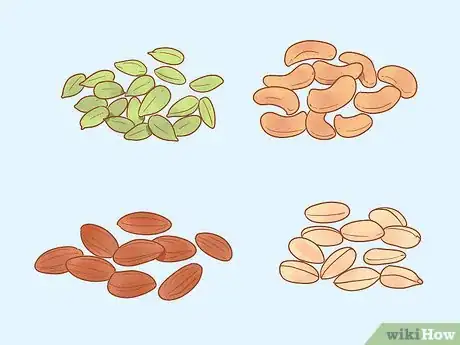
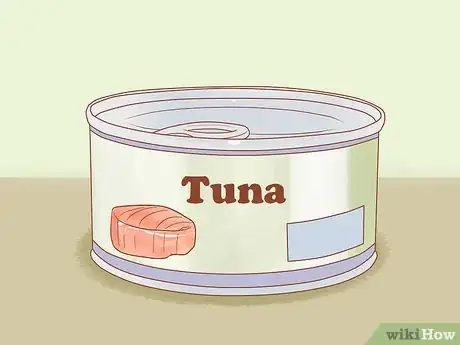



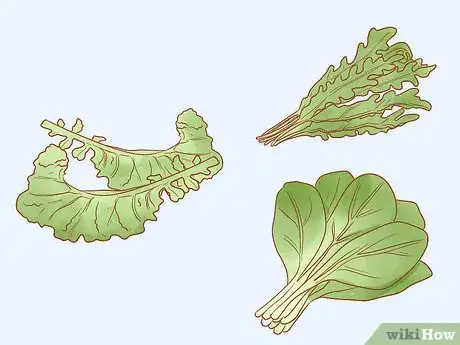
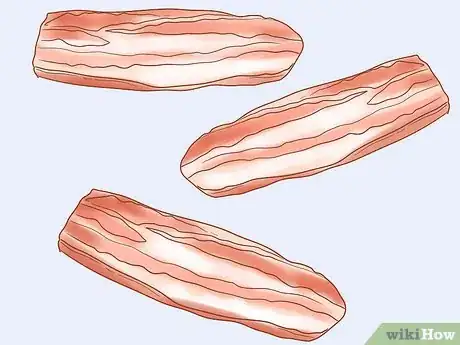
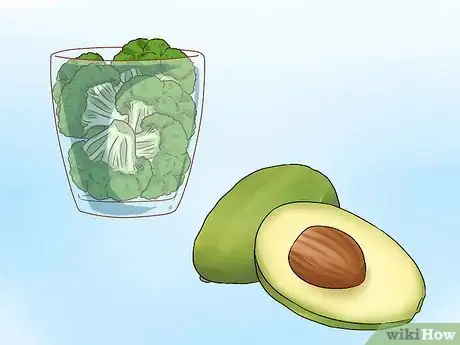

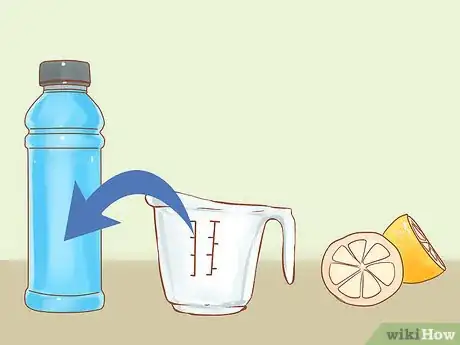
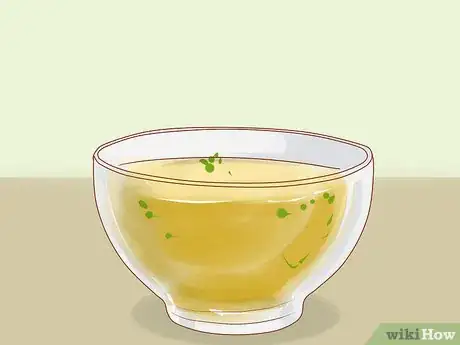

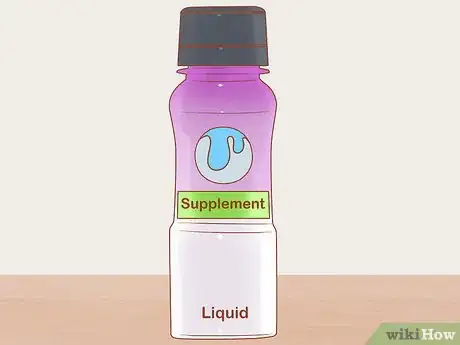
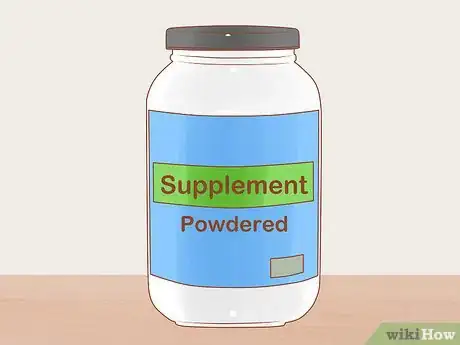
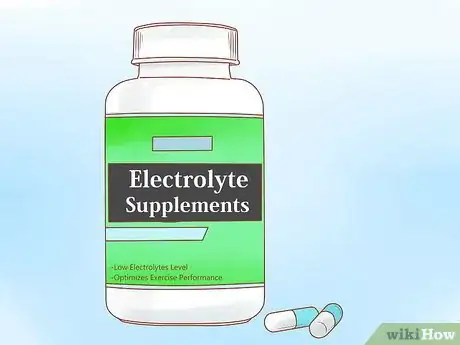


-Step-3-Version-3.webp)




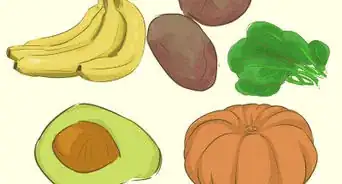


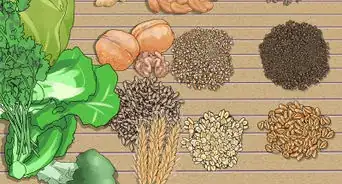











-Step-3-Version-3.webp)



































Medical Disclaimer
The content of this article is not intended to be a substitute for professional medical advice, examination, diagnosis, or treatment. You should always contact your doctor or other qualified healthcare professional before starting, changing, or stopping any kind of health treatment.
Read More...